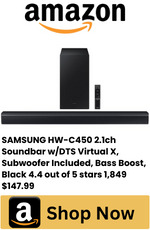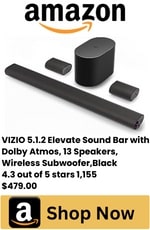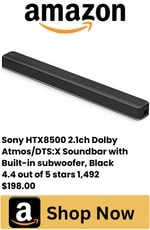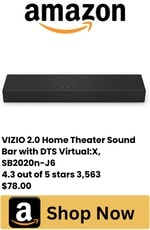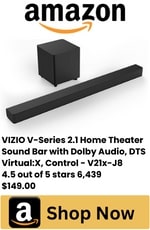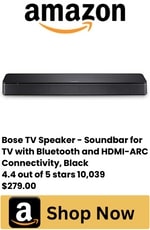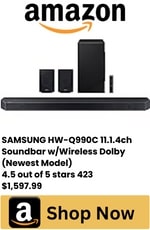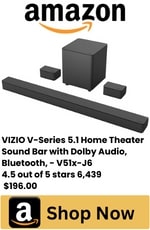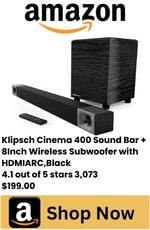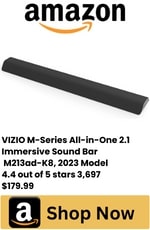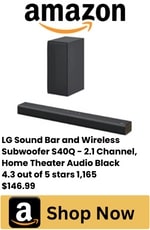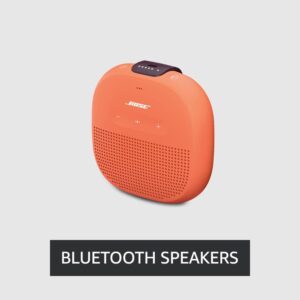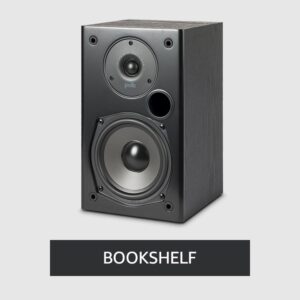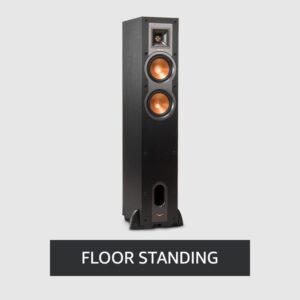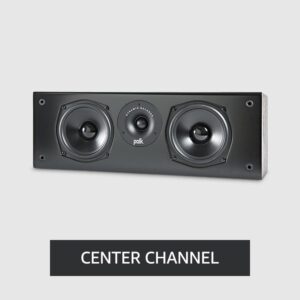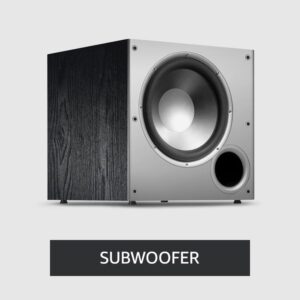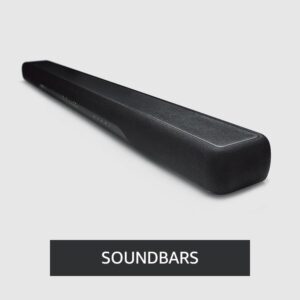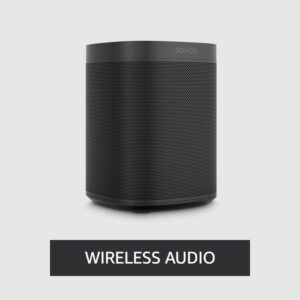IPX4 vs IP55, IPX5, IPX7, IP67, IP44, IP24, IP78 | Ratings Comparison
IP ratings are crucial in understanding how well a product is shielded against both solids and liquids. These ratings are indicated by four characters, like IPXX. The first digit denotes protection against solids like dust or debris.
If you see an ‘X’ in place of a number, it means that specific testing hasn’t been conducted for solid resistance. However, if there’s a numeric value, it signifies the extent of protection against solids, ranging from 0 to 7.
It’s a key factor in determining a product’s durability and suitability for different environments.
Table of Contents
Understanding IP Ratings: How They Determine Resistance to Water and Solids?
The IP (Ingress Protection) rating is a standard that defines a product’s resistance to solids like dust and liquids such as water. It’s represented by a four-character code, where each digit signifies a specific level of protection.
The first digit in an IP rating indicates the level of protection against solids. It ranges from 0 to 6 or 7, showcasing the product’s ability to resist various sizes of solid particles. A higher digit means better protection against solids. For instance, a rating of IP6 indicates complete protection against dust and other solid particles.
The second digit is often represented as ‘X,’ indicating that no specific test for solid particle protection has been conducted. If a numeric value replaces ‘X,’ it specifies the level of protection against solids, like fingers, tools, wires, or larger particles.
Moving on, the third digit in the IP rating is not commonly used for consumer products and is usually indicated as ‘X,’ denoting the absence of specific information or indicating no test data available for this aspect.
The last digit in an IP rating represents the product’s resistance to liquids. It ranges from 0 to 9, indicating the degree of protection against water. A value of 0 signifies no protection against water, while a higher number represents increased resistance. For instance, a product rated IPX7 offers protection against immersion in water up to a certain depth for a specified time.
When the fourth digit is 4 or 5, it implies the device has splash-proof capabilities, meaning it can withstand water splashes from various directions. Ratings with a fourth digit greater than 5 signify full waterproofing. For example, an IP68-rated device is completely sealed against dust (solid resistance indicated by the 6 or 7) and can be submerged in water beyond a certain depth for an extended period.
Understanding these IP ratings is essential in selecting devices suitable for specific environments or activities where protection against solids and liquids is crucial.
IPXX Rating: Choosing the Right Protection for Earphones and Speakers
When selecting earphones or speakers, the IP rating becomes crucial. Why? These devices accompany us in various scenarios, from enjoying music during a rain-washed stroll to being a companion during swimming sessions.
It’s essential to acknowledge that both earphones and speakers encounter moisture and dust in diverse forms, including sweat, fog, and contact with wet hands or surfaces. Hence, finding the appropriate IP rating tailored to your lifestyle is pivotal before investing in these audio devices.
Comparison Table of Water and Dust Resistance for Different IP Ratings
| IP Rating | Protection Against | Water Resistance |
|---|---|---|
| IPX4 | Water splashing from any direction has no harmful effect | Resistant to splashes of water only, not immersion or sustained exposure |
| IPX5 | Water jets projected by a nozzle (6.3 mm) from any direction have no harmful effects. | Resistant to low-pressure water jets from any direction, not immersion or sustained exposure |
| IPX7 | Immersion up to 1 meter for 30 minutes | Resistant to temporary immersion in water up to 1 meter, not sustained exposure |
| IP67 | Complete protection against dust and immersion up to 1 meter for 30 minutes with high-pressure water jets. | Resistant to temporary immersion in water up to 1 meter, and complete protection against dust |
| IP44 | Protection against solid objects larger than 1mm and splashes of water from any direction | Resistant to splashes of water only, and protection against solid objects larger than 1mm |
| IP24 | Protection against solid objects larger than 12.5mm and splashes of water from any direction | Resistant to splashes of water only, and protection against solid objects larger than 12.5mm |
| IP55 | Protection against low-pressure water jets from any direction and limited protection against dust | Resistant to low-pressure water jets from any direction, and some protection against dust |
| IP78 | Complete protection against dust and protection against water immersion at specified depths and durations | Resistant to immersion in water at specified depths and durations, and complete protection against solid and dust resistance |
Note that IP ratings only indicate an electronic device’s resistance to water and dust. Other factors, such as temperature, pressure, and duration of exposure, can affect the device’s performance. Additionally, some IP ratings may not indicate protection against other types of damage, such as impact or vibration.
IPX4 Rating – what is it?
An IPX4 rating certifies electronic devices like earphones and speakers as waterproof, ensuring their resistance against splashes. These devices, rated IPX4, are splashproof and capable of withstanding water splashes when in use. However, full submersion isn’t recommended. The ‘X’ denotes the water resistance level, while solid resistance remains constant.
This article compares various IP ratings, providing insights to help you choose the most suitable product based on its IP rating and your specific needs.
IPX4 vs IP55
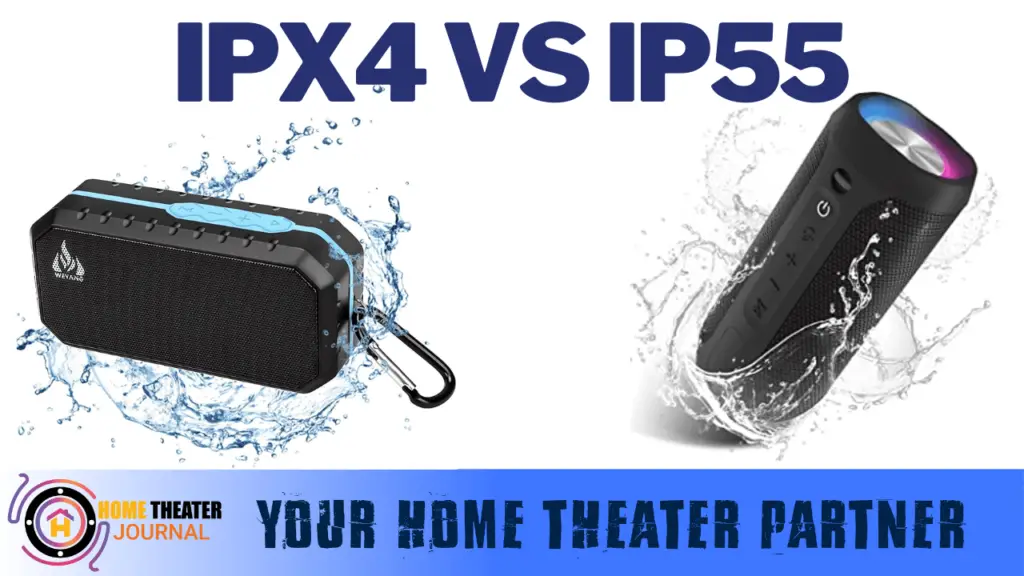
An IPX4-rated product is designed to resist water from all angles, capable of enduring splashes without damage. However, the ‘X’ signifies a lack of specific solid object resistance testing. Despite this, it offers some safeguarding against dust and debris, although it’s not explicitly certified for solids.
For better defence against dust, there’s the IP55 rating. Products with an IP55 rating shield against harmful dust particles to a certain extent but aren’t entirely dustproof. Although rated IP55, they might still be affected by dust, potentially impacting the normal functioning of devices like earphones. For instance, an IP55-rated earphone, with a 6.33mm nozzle, can capture solid objects projected from any direction.
| IPX4 Pros | IP55 Pros |
|---|---|
| 1. Splash-proof from all angles. | 1. Resistant to low-pressure water jets from any direction. |
| 2. Offers some safeguarding against dust and debris. | 2. Provides limited protection against dust. |
| 3. Suitable for water splashes. | 3. Offers better protection against water jets. |
| Cons: | Cons: |
| Not explicitly certified for solids. | Limited dust protection compared to higher ratings. |
IPX4 vs IPX7
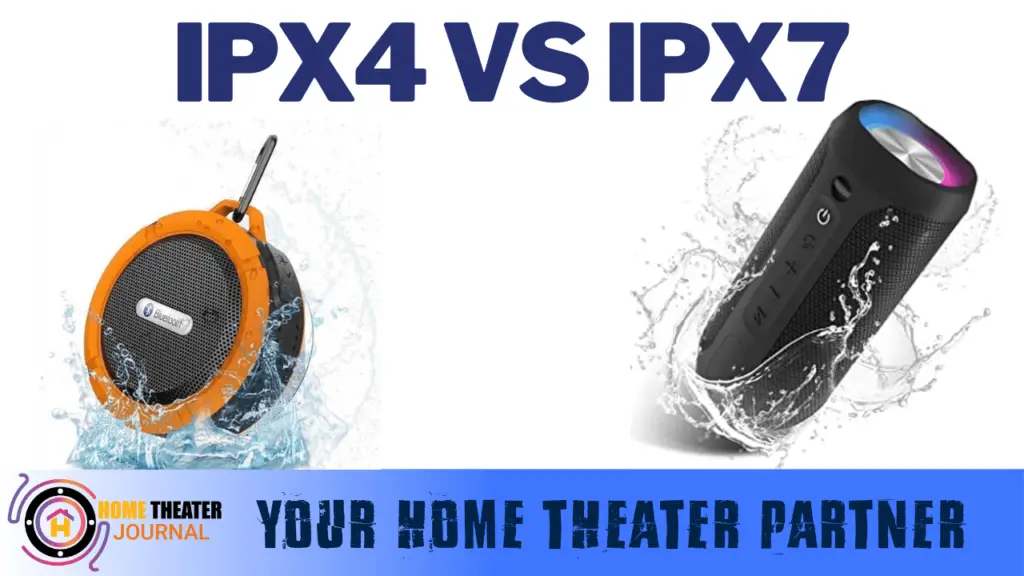
An IPX4-rated product is technically labelled as waterproof, yet it’s crucial to note that it’s more accurately described as water-resistant. On the other hand, IPX7 is hailed as an excellent waterproof rating. For IPX7-rated earphones, submerging them in up to one meter of water for 30 minutes won’t cause damage.
Although IPX7 devices don’t undergo solid-resistant testing, they can still be washed if dust accumulates during use. With their water-resistant feature, IPX7-rated earphones are suitable for use in various water environments such as showers, swimming sessions, or even light and heavy rain.
These scenarios are not ideal for IPX4-rated devices, emphasizing the difference in their water resistance capabilities.
| IPX4 Pros | IPX7 Pros |
|---|---|
| 1. Protects against water splashes from all angles. | 1. Can endure temporary immersion in water up to 1 meter. |
| 2. Limited safeguarding against dust and debris. | 2. Not certified for solid resistance testing. |
| 3. Suitable for splashing water exposure. | 3. Provides higher waterproofing capacity for immersion. |
| Cons: | Cons: |
| Not tested explicitly for solid object protection. | Higher waterproofing but lacks specific solid resistance. |
Related: IPX7 vs IP67
IPX4 vs IP67
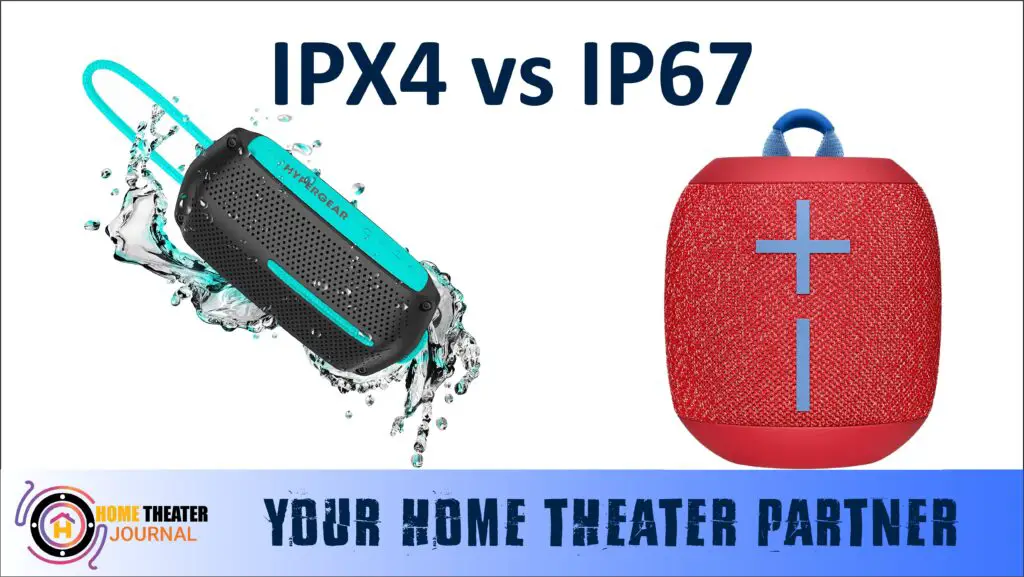
Devices boasting an IPX4 rating are safeguarded against water splashes from all directions. However, they lack resistance to solids like dust, mud, or debris, and they cannot withstand submersion in water.
In contrast, an IP67-rated product stands as both completely waterproof and dust-proof. It can endure submersion in water up to one meter deep for 30 minutes without any damage. The water and dust resistance capabilities of an IP67 device surpass those of an IPX4-rated one.
For those seeking 100% dust-proof and waterproof performance, the IP67 standard is an ideal choice for various devices, including earphones, ensuring reliability even in challenging environmental conditions.
| IPX4 Pros | IP67 Pros |
|---|---|
| 1. Splash-proof from all directions. | 1. Complete protection against dust and water immersion. |
| 2. Limited safeguarding against dust. | 2. Endures temporary immersion in water up to 1 meter. |
| 3. Suitable for water splashes. | 3. Superior water and dust resistance for challenging environments. |
| Cons: | Cons: |
| Not certified for solid resistance testing. | Comprehensive protection but lacks explicit solid resistance. |
IPX4 vs IP44

The ‘IP’ in Ingress Protection defines a product’s solid and dust-resistant capabilities. In the code, the ‘X’ in IPX4 signifies that the product hasn’t undergone specific testing for solid resistance but is splash-proof from all directions.
Comparing IP44 and IPX4 ratings, IP44 stands out with its ‘4’ instead of an ‘X’. This rating ensures both solid resistance and splash resistance from all directions. Specifically, IP44 products safeguard against solid particles larger than 1mm, making them superior in solid resistance compared to IPX4. However, both ratings offer equal water resistance capabilities.
In summary, while both IP44 and IPX4 offer splash-proof protection, IP44 excels in solid resistance by specifically guarding against larger solid particles, making it a preferable choice in scenarios where solid protection is a priority.
| IPX4 Pros | IP44 Pros |
|---|---|
| 1. Splash-proof from all angles. | 1. Protects against solid objects larger than 1mm. |
| 2. Offers solid resistance, but the exact particle size is not specified. | 2. Provides splash resistance and solid particle protection. |
| 3. Suitable for water splashes. | 3. Specifically guards against larger solid particles. |
| Cons: | Cons: |
| Not certified for solid resistance testing. | Offers solid resistance, but the exact particle size is not specified. |
IPX4 vs IP24
Both IPX4 and IP24 share the same last value, indicating a splash-proof rating from all angles and prohibiting submersion in water. They both resist water spray effectively and safeguard against larger objects, including fingers, with a prohibition against contact for IP24-rated products.
However, where they differ lies in their additional capabilities. IP24 surpasses IPX4 by providing both splash-proof and dust-proof features. This makes IP24 a superior choice for those seeking comprehensive protection against both water and dust, ensuring greater resilience in various environmental conditions.
| IPX4 Pros | IP24 Pros |
|---|---|
| 1. Splash-proof from all angles. | 1. Protects against larger solid objects (>12.5mm). |
| 2. Limited safeguarding against dust. | 2. Provides splash resistance and solid particle protection. |
| 3. Suitable for water splashes. | 3. Specifically guards against larger solid particles. |
| Cons: | Cons: |
| Not certified for solid resistance testing. | Offers solid resistance, but the exact particle size is not specified. |
IPX4 vs IP78
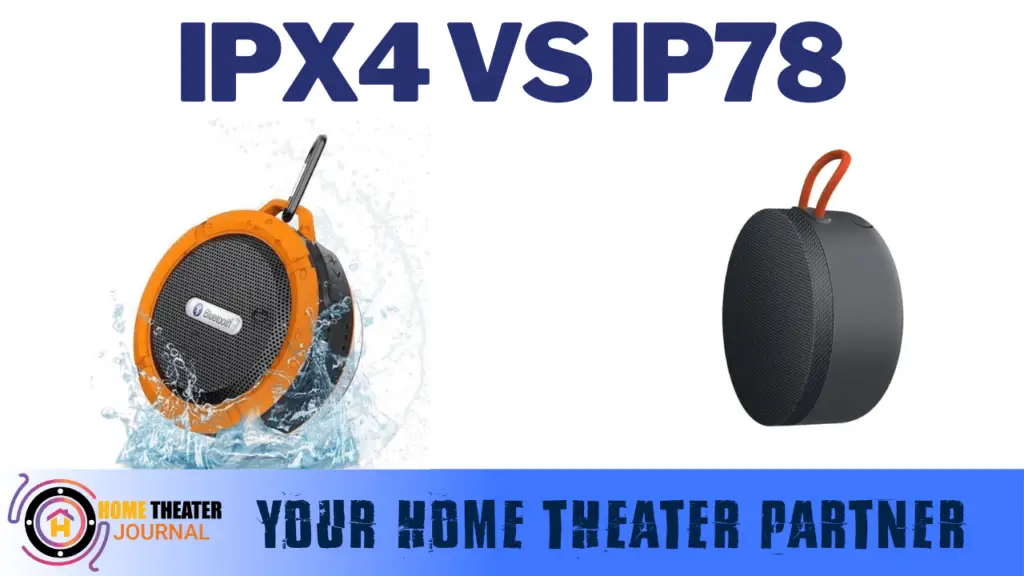
An IPX4-rated product, while not tested for dust-proofing, offers splash-proof protection from all directions. However, IP78 surpasses IPX4 by far in both dust and water resistance. The ‘8’ in IP78 indicates superior waterproofing, rendering it 100% waterproof.
An IP78-rated product can endure submersion underwater for 30 minutes at depths of up to 1.5 meters without sustaining damage. Not only is it impervious to water, but it also provides comprehensive protection against dust and solid objects, making it highly resilient in various environments. In contrast, IPX4 stands as one of the lowest ratings in comparison, highlighting the significant difference in protection levels between IPX4 and the top-tier IP78 rating.
| IPX4 Pros | IP78 Pros |
|---|---|
| 1. Splash-proof from all directions. | 1. Complete protection against dust and water immersion. |
| 2. Limited safeguarding against dust. | 2. Provides high-level waterproofing and solid resistance. |
| 3. Suitable for water splashes. | 3. Endures submersion in water at specified depths. |
| Cons: | Cons: |
| Not certified for solid resistance testing. | High protection but lacks explicit solid resistance testing. |
Related: IPX8 vs IP68
Conclusion
In this comprehensive guide, we’ve explored IP ratings, their significance in determining a product’s resistance to solids and liquids, and their varying levels of protection. The comparison between popular IP ratings and the standard IPX4 sheds light on their differences, aiding in informed decision-making.
Selecting earphones or other electronic devices with appropriate IP ratings depends on various factors like usage scenarios, intended purpose, and budget. For consistent exposure to moisture, opting for IPX4-rated earphones is advisable, given their splash-proof capabilities. Regular disinfection becomes essential due to their constant contact with moisture.
This IP rating guide isn’t limited to earphones; it’s valuable for choosing electronic products that require specific resistance levels against water and solids. Ultimately, understanding and leveraging IP ratings enable consumers to make informed choices, ensuring their devices meet the necessary durability and protection standards tailored to their needs and environments.
FAQs
1. What does an IP rating indicate in terms of resistance to water and solids?
Answer: An IP (Ingress Protection) rating indicates a product’s level of protection against both water and solid particles. The first digit in the IP rating represents the device’s resistance to solids, ranging from 0 to 7, with higher numbers indicating better protection. The last digit signifies water resistance, ranging from 0 to 8, where a higher number represents greater water resistance.
2. What does an IPX4 rating mean in terms of water and solid resistance?
Answer: An IPX4 rating indicates that a product is splash-proof and can withstand water splashes from any direction. However, it is not fully water-resistant and offers no solid resistance. It is not suitable for submersion in water.
3. How does IPX4 compare to IP55 in terms of water and solid resistance?
Answer: IPX4 is splash-proof but lacks solid resistance. In contrast, IP55 is designed to protect against solid objects and low-pressure water jets. IPX4 offers no protection against solid particles, while IP55 provides some protection against dust and debris.
4. What’s the difference between IPX4 and IPX7 ratings for water and solid resistance?
Answer: IPX4 is splash-proof from all directions and offers no solid resistance. IPX7, on the other hand, is fully waterproof and can be submerged in water up to one meter deep for 30 minutes. While both are dust-proof, IPX7 is far more water-resistant.
5. How does an IPX4 rating compare to IP78 in terms of water and solid resistance?
Answer: An IPX4-rated product is splash-proof but untested for solid resistance. In contrast, IP78 is both dust-proof and waterproof, with the 8 in the rating indicating 100% waterproofing. IP78 can withstand immersion in water at specified depths and durations and provides complete protection against solids and dust, making it significantly superior to IPX4.

Author: Baqarrasheed
I know all about home theater items! I have been doing this for more than three years now. I am good with things like sound systems, TVs, projectors, and all that cool entertainment gear. I like to help folks by testing and talking about these gadgets on Hometheaterjournal. I want to make sure everyone can create an awesome entertainment setup at home without any confusion.
I write the creative content for HometheaterJournal.



